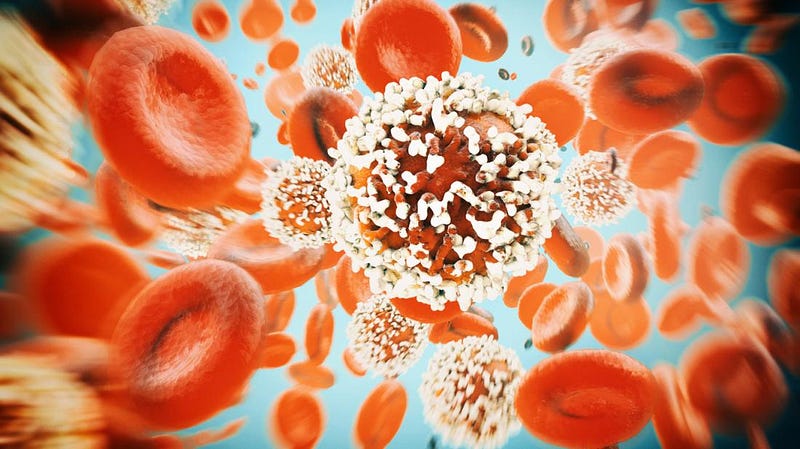There was a time when a diagnosis of cancer typically meant a death sentence with doctors often telling patients they had a limited time to live. There is also the story about the doctor who says to the patient, “I have some bad news for you and some bad news for you”. The bad news is you have cancer and the other bad news is I’m going to make you sick with chemotherapy.
A recent study published in the June 3 New England Journal of Medicine has given some good news for women experiencing breast cancer. A new test known as the 21 gene Recurrence Score, quantitatively measures the gene expression in an individual’s breast tumour tissue. A score between 0–100 gives an accurate estimation of the likelihood of recurrence.
0 to 10 indicates low risk for recurrence and thus no need for follow-up chemotherapy
10 to 26 is the mid-range score
Greater than 26 is the high range score where chemotherapy has proven benefits.
50% of women with breast cancer are in the hormone-positive, axillary node negative group and this is the most common form of breast cancer in women worldwide. Although the studies clearly show the benefits for chemotherapy in the high-risk groups and no benefit for the low risk group, 70% of women in this category had a mid-range recurrence score and to this point the benefits of chemotherapy were uncertain.
This recent study looked at around 10,000 women with this particular breast cancer category of which just under 70% had a mid-range recurrence score of 11 to 25. They were randomly assigned to receive either chemotherapy and endocrine therapy (such as Tamoxifen) or endocrine therapy alone.
The endpoints of the study were invasive disease-free survival or in other words, the risk of recurrence of some form of invasive cancer, a second primary cancer or both.
The great news from the study was that women in the mid-range recurrence score group did not benefit from chemotherapy with an identical survival at nine years of 94%. The only women who appeared to benefit from chemotherapy in this mid-range group were those women younger than 50 who had a tumour recurrence score between 16 to 25. Although the tests cost around AU$500, it is much less expensive than chemotherapy and more importantly, spares women from all of the side-effects associated with this very strong but rather intrusive treatment. Another great feature of this trial was that after nine years follow-up, around 84% of the women in the mid-range recurrence score group had not experienced a recurrence of disease, demonstrating how effective our modern therapy has become.

Another recent trial published in Clinical Cancer Research performed at Cardiff University in Wales, reprogrammed viruses to kill ovarian cancer in a mouse model of the disease, without affecting normal cells. Up to now, the five years survival rate for ovarian cancer is only 15% if not detected very early and the therapies available have limited effectiveness.
The researchers took a common, well-studied virus known as respiratory adenovirus and altered the virus so that it could only enter a particular receptor unique to cancer cells but not present in normal cells. Once the virus invaded the cancer cell it replicated and destroyed the cellular machinery, thus killing the cancer. This was highly effective in the mice and the researchers are now working to modify the virus for specific components found in breast, pancreas, lung and other tumours. There is also the suggestion that specific anti-cancer antibodies and other human chemotherapy agents can be tagged with the virus that would then only enter cancer cells. It is expected that human trials will begin within the next five years.
With the enormous advances in many forms of cancer from a variety of different approaches over the past decade, it is my opinion that we ae close to seeing a cure for this once lethal disease.